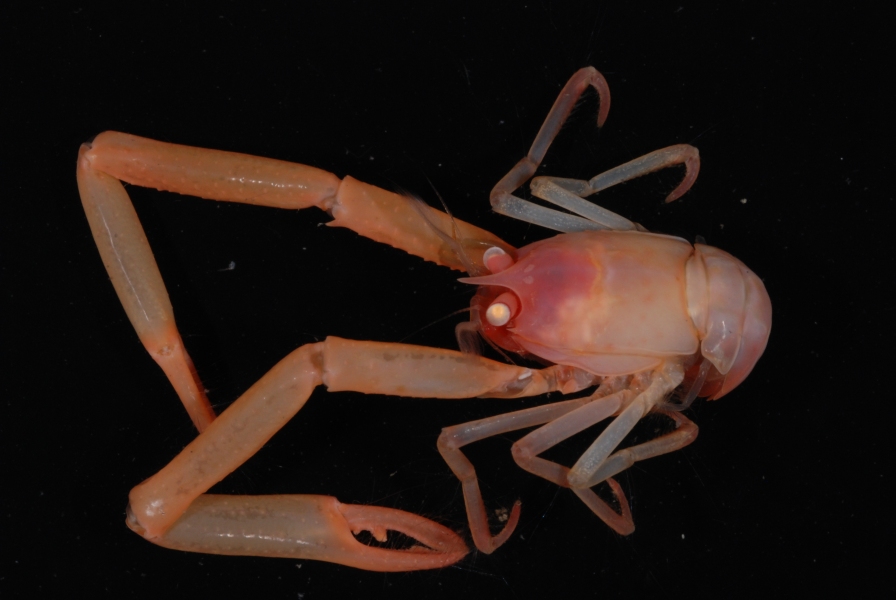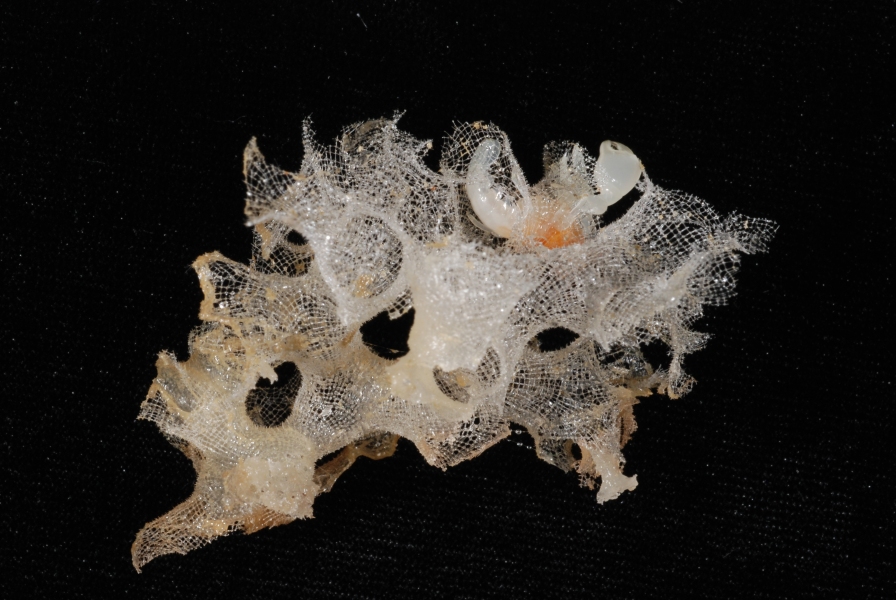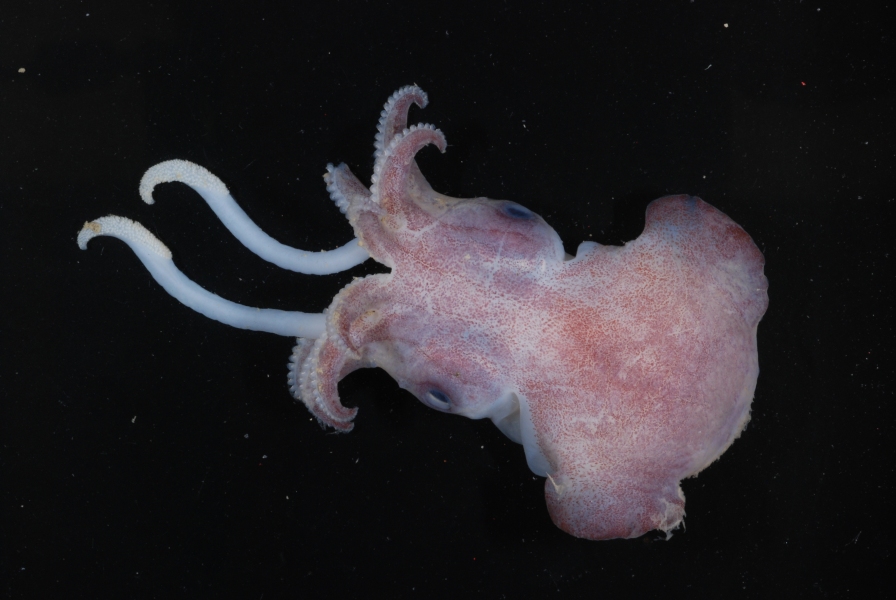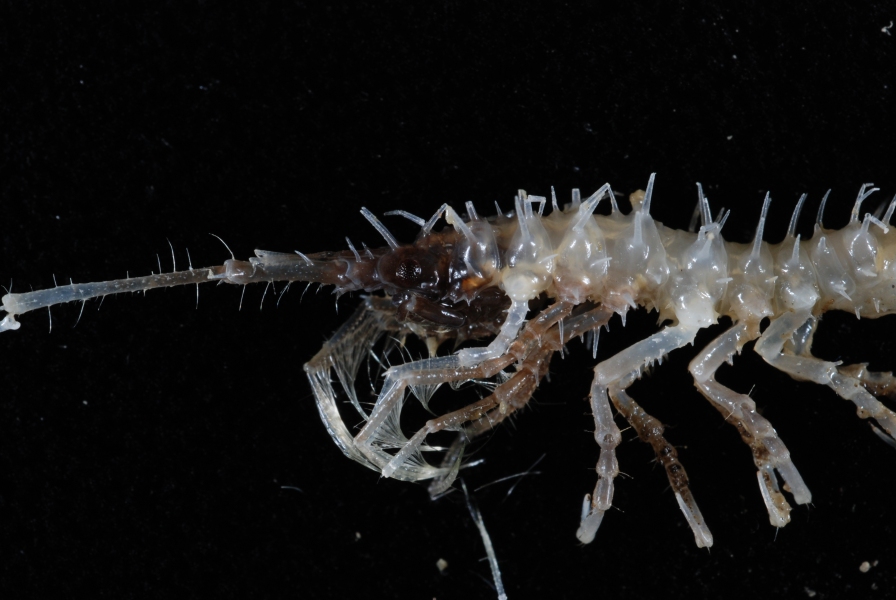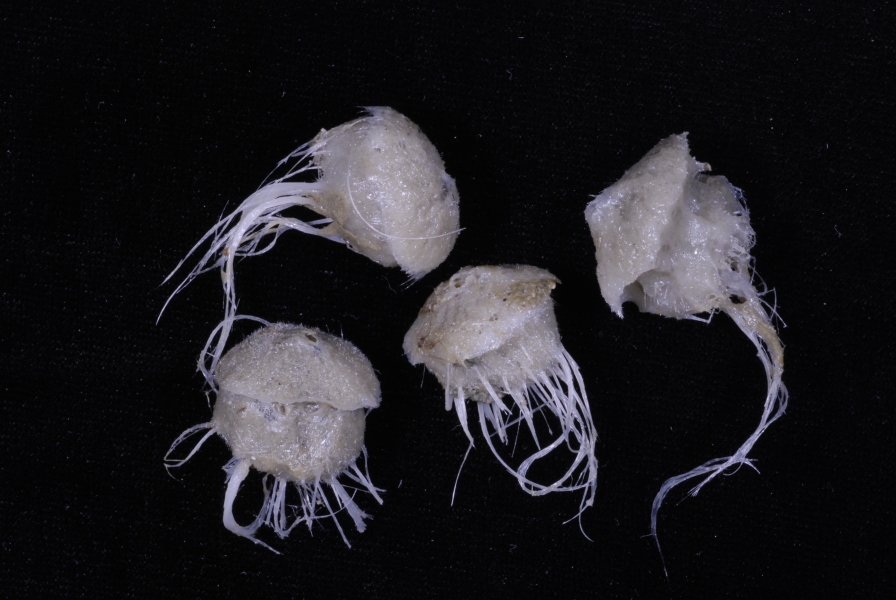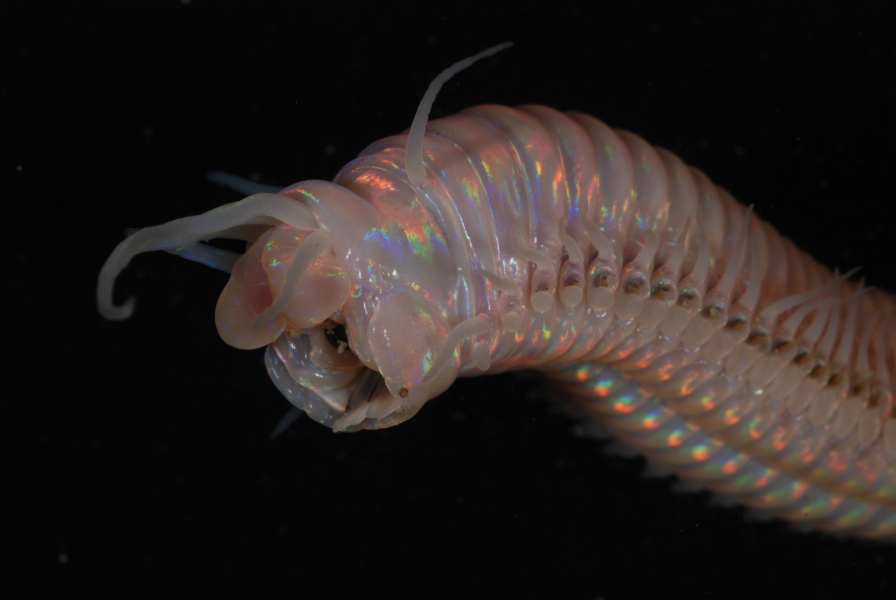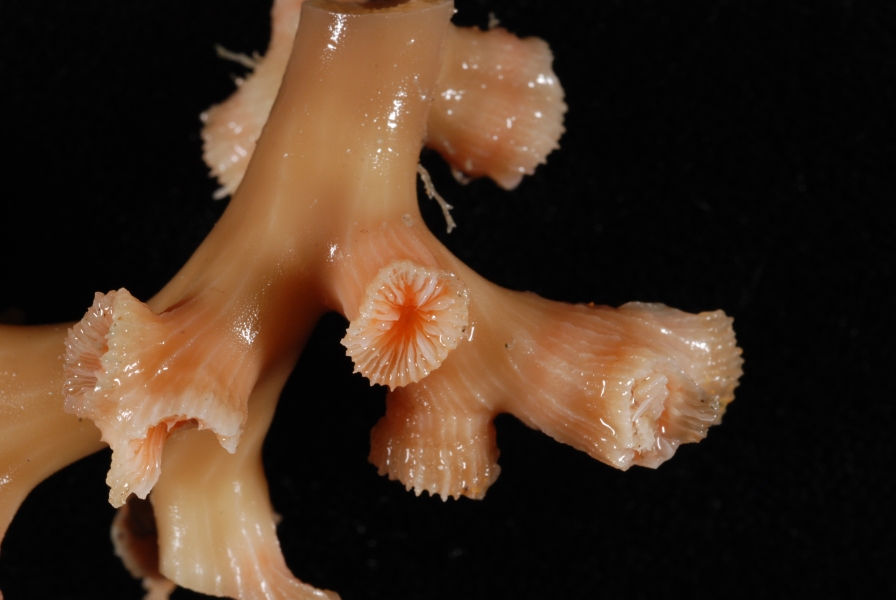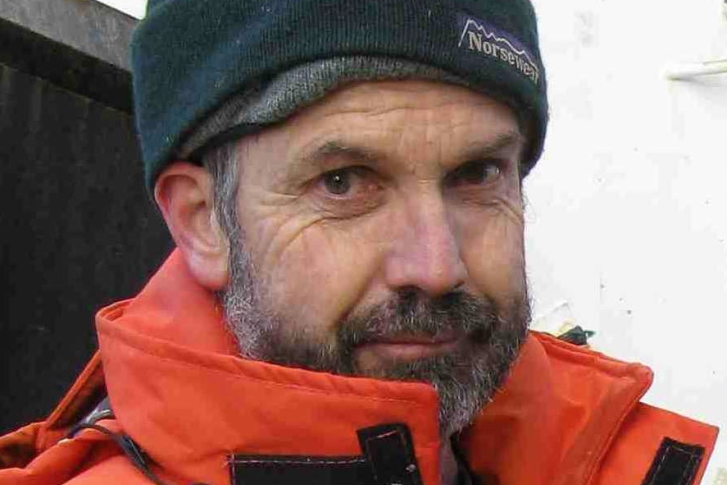NIWA's research vessel Tangaroa recently returned from a 3-week voyage, with pictures (see gallery at bottom of article), film footage and samples of new discoveries from the deep-sea floor, including footage of a new hydrothermal vent on an undersea volcano.
"We were able to collect both underwater footage and specimens of chemosynthetic barnacles, mussels, and shrimps on Tangaroa Seamount, confirming active hydrothermal venting," says voyage leader Dr Malcolm Clark. "These animals are adapted to the specific combination of depth, temperature and chemical composition of the venting fluids".
On this trip, NIWA scientists took samples from a variety of deep-sea habitats from within an overall region of 10,000 square kilometres. They have been studying four different undersea habitats: seamounts, hydrothermal vents, continental slope and canyons, at depths of between 700 and 1500 metres.
This work helps scientists understand the vulnerability of deep-sea communities to human activities such as seabed drilling, fishing and mining.
There are 50 submarine volcanoes stretching along the Kermadec Ridge. It's a significant feature of the Western Pacific, extending almost 1500 km to the edge of the New Zealand EEZ, northeast of the Kermadec Islands. Hydrothermal vents associated with these volcanoes release hot water and gases with different chemical compositions, so specific communities have adapted to survive in each area.
"The benthic community on Tangaroa seamount, a combination of mussels and barnacles and shrimps, isn't unique, but differs from that found on a number of neighbouring seamounts. The seamount communities were also very different from those we observed and sampled on the slope and canyons, which typically had muddy seafloor, rather than rocks.
"This trip confirmed our working hypothesis that the environments generated in these different deep-sea habitats vary in their characteristics, and they result in faunal communities that can differ, within close proximity," says Dr Clark. "The implication is that the exploitation of one seamount could have an effect that is not the same as the seamount close by," says Dr Clark.
"We collected thousands of specimens. There is almost certainly something new, as typically almost 10 percent of what we catch in the deep sea is new to science or new to New Zealand. The voyage also sampled extensively in canyons which have not been surveyed before, and so the expectation is that there will be many new discoveries once the samples and photographic data are analysed."
This is the second survey in the research programme; the first was carried out on the Hikurangi Margin near Cook Strait in 2010.
The information obtained from this voyage will be combined with the first voyage and analysed over the coming year to determine the overall vulnerability patterns. These will then be used in ecological risk assessments to help improve environmental management.
This voyage was funded by the Ministry of Science and Innovation.
A video of some of the vent and seamount fauna can be viewed here, or below. Additionally, see the TAN1206 photo gallery for some more of the best specimen photos from the voyage (the images on the right hand side were taken from this gallery).

